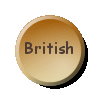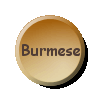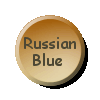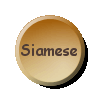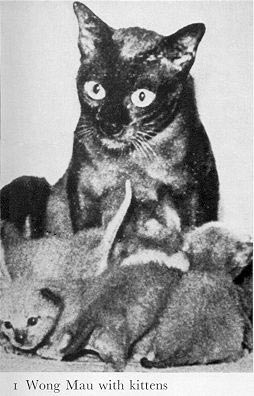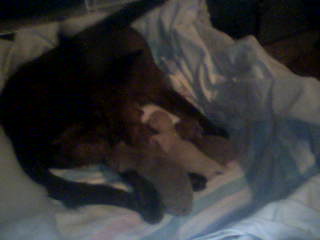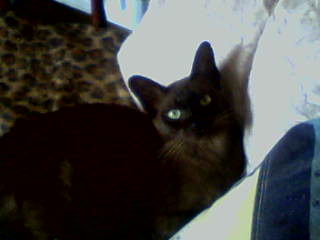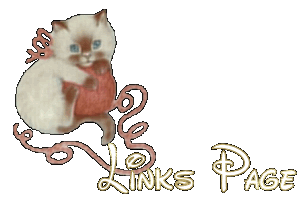GCCF's Standard of Points
General
The Burmese is an elegant cat of a foreign type, which is positive and quite individual to the breed. In character they are alert, active, intelligent, extremely friendly and affectionate.
Head Shape
The head, carried on a medium neck, should be in proportion to the body. Viewed from the front it should form a short wedge, wide at the cheek bones and tapering to a blunt finish at the muzzle. The top of the head should be slightly rounded between the ears. Allowance should be made for a teething pinch in kittens. In profile the head should show good depth between the top of the skull and the lower jaw. The brow should be slightly rounded.
Nose
There should be a distinct nose break followed by a straight ending with the tip of the nose in the same vertical plane as the chin.
Chin
The lower jaw should show a good depth of chin
Ears Shape
Medium in size, broad at the base, rounded at the tip and in profile showing a slight forward tilt. Allowance should be made for correctly shaped but overlarge ears in a kitten where the head size and shape is still developing.
Placement
Set well apart so that the outer line of the ears continues the shape of the upper part of the face. However, in mature males, who have developed full cheeks and a sturdy neck, this will not be so apparent.
Eyes Shape
Must be set well apart. They should be large and lustrous, the top line of the eye showing a slant towards the nose, the lower line being rounded.
Colour
Any shade of yellow from chartreuse to amber, with golden yellow preferred. Burmese eye colour is very sensitive to variations in light intensity and colour. Wherever possible it should be assessed in north daylight. It is important that, when being judged, the eye colour of all the cats in the class should be assessed under identical light conditions. Allowance should be made for eye colour in a kitten where it still may developing and for colour dilution in an older cat.
Body Size
Of medium length and size.
Structure
Feeling hard and muscular and heavier than its appearance indicates. The chest should be strong and rounded in profile, the back straight from shoulder to rump.
Legs
Legs should be slender and in proportion to the body, hind legs slightly longer than the front.
Paws
Neat and oval in shape.
Tail
Straight, medium thickness at the base and tapering to a rounded tip. When the tail is brought gently round the side of the body the tip should reach the shoulder.
Coat Structure
Short, fine, satin-like in texture lying close to the body. The glossy coat is a distinctive feature of Burmese and is indicative of good health.
Colour
In all colours the underparts will be lighter than the back but the shading should be gradual. Ears and face may be slightly darker in colour. A coat free from barring or spotting should be aimed for in all colours. The presence of a few white hairs may be overlooked in an otherwise excellent cat. In all colours the coat should shade gradually to the roots with no evidence of smoke effect or ticking. Red and creams may show some freckling or brown pigmentation on ears, nose leather, eye rims, lips, paw pads. The individual colour descriptions are for mature adults. Allowance should be made in kittens and adolescents for a lighter coat colour than the adult standard specifies. Paw pads may be a lighter colour in kittens than adults.
Note: In the case of the four tortie colours. The colours may be mingled or blotched; blazes, solid legs or tails are all permissible. Variations in the overall effect of the tortie coat pattern are to be expected.
Faults Withold Certificates
Oriental type e.g. straight profile with no nose break, overlarge, flared ears, whip tail. British type e.g. square cobby body, round head, small ears. Small, fine boned or dainty adults. Eyes with more blue than yellow pigmentation. A noticeable number or patch of white hairs. Lack of weight or condition. Extreme aggressive behavior. Any defect as listed in the preface to this SOP booklet.
Muzzle pinch in adults. |

